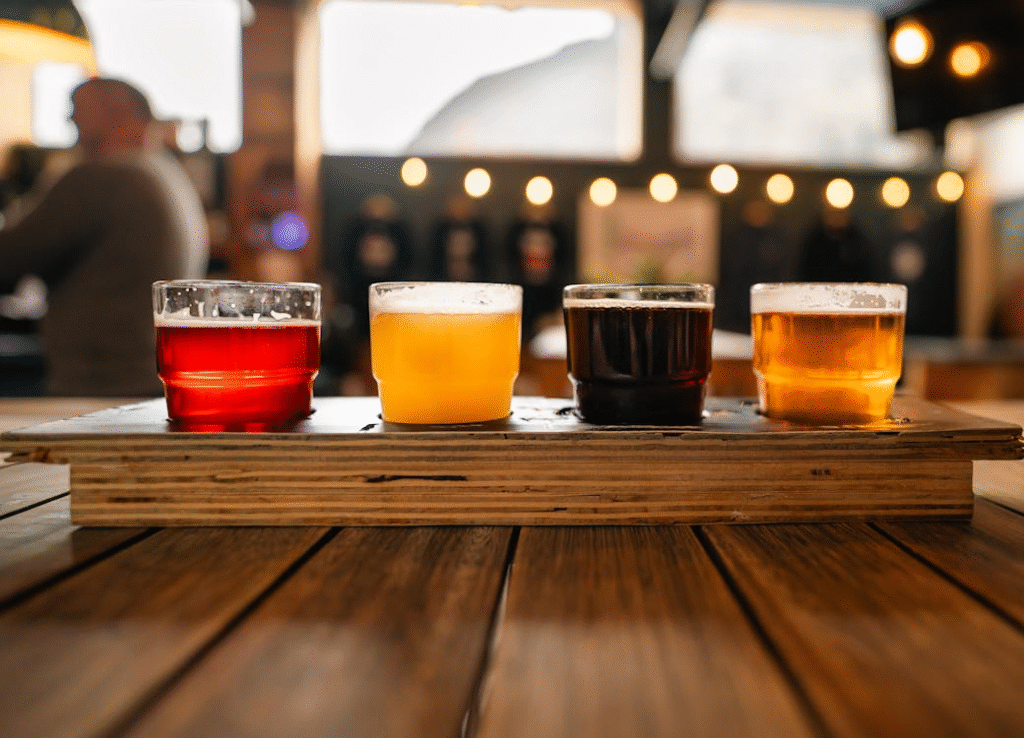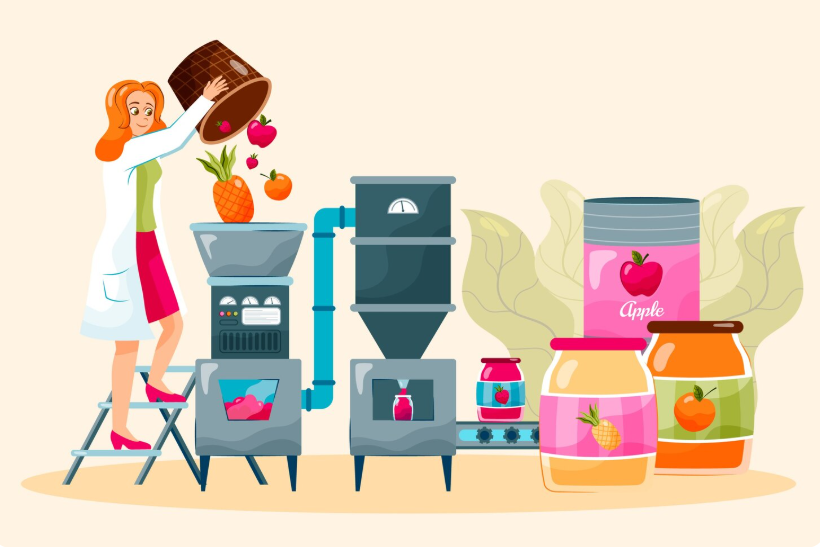There’s been a quiet shift in kitchens, pastry labs, bar counters, and breweries globally. Fruit purees, which were formerly special finds, now show up increasingly in drinks, desserts, and even savory foods.
People are simply over fake-tasting fare. Consumers have grown tired of artificial flavoring. They crave fruit as it appears naturally: messy, fragrant, and full of color. For food and beverage makers, purees bridge that gap between farm and formula.
What’s So Special About Fruit Puree?
Fruit puree is fruit pulp blended, pasteurized, and made ready to use. Simple enough. But new processing methods are what make it stand out. Aseptic packaging sterilizes both product and container, keeping fruit shelf-stable without the need to freeze. Pasteurization preserves its natural flavor.
Convenience is just part of it. Innovation needs consistency to be profitable. A chef or brewer can expect the same taste from every batch when using puree, unlike fresh produce, which changes with the tiniest shift in environmental factors.
The New Creative Culinary Toolbox
Purees have become the creative middle ground between raw fruit and artificial extracts.
Bakers use them to cut down on refined sugar. Brewers rely on them for bold fermentation character. Ice cream makers churn out smoother, naturally sweeter products. Craft breweries use real fruit instead of artificial ingredients to make lively sour beers and flavorful IPAs.
Purees also show up in non-alcoholic drinks, icy desserts, creamy treats, vegan options, and more.

Image: https://www.pexels.com/photo/a-tray-of-beer-on-a-wooden-table-27623565/
Smoothie-ing Up the Industry
The switch to natural ingredients is healthy for both businesses and customers. Sourcing clean food without additives has become a major competitive edge for small food brands as consumers increase demand for “real” food.
It isn’t just the food business trending toward more natural ingredients, either. The skincare industry is just as invested, if not more so. Nowadays, people are more careful about what they put into and apply onto their bodies.
A Label-Reading Consumer Generation
Good flavor gets people buying, but transparency helps keep them coming back. A recent report on the food and beverage industry trends indicates folks are checking labels and ingredient lists, looking for familiar names instead of ones they can’t even pronounce.
Words like “real fruit” and “no sugar added” have replaced “natural flavoring” as trust signals. The heightened consumer savviness forces manufacturers to rethink their formulas. Purees help by offering uniform texture, food safety, and year-round availability.
Delivering Flavor + Health Benefits = F & B Win
Artificial flavoring might mimic natural flavor, but it can’t compete with natural sources of nutrients. And we keep finding new ways to use natural ingredients, like fruit purees, to make food healthier, such as helping to hide the flavor of dark green vegetables in baby food.
Shelf-ish Concerns
Food and beverage manufacturers used to prefer artificial ingredients because they allowed for a longer shelf life. This doesn’t have to be the case with innovations in food preservation.
Using natural products that keep for longer makes better business sense. A small business won’t have to scramble to find industrial-grade storage, for one.
Benefits Beyond One Industry
The bigger demand for purees has opened doors for local farms. By processing surplus fruit into puree, growers reduce waste while earning extra income. This makes pureeing a sustainable solution: less spoilage and more usable product.
A Balancing Act of Science and Craft
Switching to fruit purees instead of fresh fruit or artificial ingredients isn’t just a matter of 1:1 substitution. Pureeing changes how ingredients behave and how the end products taste, so you’ll have to experiment with recipes.
For example, puree sugars ferment at predictable rates, keeping alcohol content consistent when brewing. Baking with purees adds moisture, color, and sweetness. But these changes are only an advantage if you understand and adjust to them.
Reliability and Consistency
Purees let professionals innovate without the guesswork needed with fresh fruit. They also deliver more authentic, complex flavors and nutrients than artificial ingredients.
But anyone sourcing these ingredients at scale needs a reliable fruit puree supplier so those benefits are available all year round with consistent quality.

Image: https://www.pexels.com/photo/a-person-making-a-strawberry-tart-9403582/
What Comes Next
The world of fruit purees isn’t standing still. Producers are experimenting with exotic blends, improved pasteurization, and cross-category applications. We’ll likely see more hybrid products (think sparkling fruit teas, low-sugar condiments, fermented sauces, and more) relying on puree bases.
As food technology improves, the line between “fresh” and “processed” fruit will keep blurring. But what’s important is that brewers, bakers, and other culinary creators can now easily get genuine fruit flavors while cutting down on waste and refined sugars.
The Rise of the Puree
Once reserved for smoothie creations and little else, fruit puree now subtly reshapes what we eat, how it tastes, and even how we discuss food. It blends inventive cooking with health benefits and scientific precision. In this case, the adage that health is wealth proves true.
Natural sweetness. Real color. Honest flavor. The boost in fruit purees’ popularity isn’t a fleeting trend. Instead, it signals a shift within the industry.

